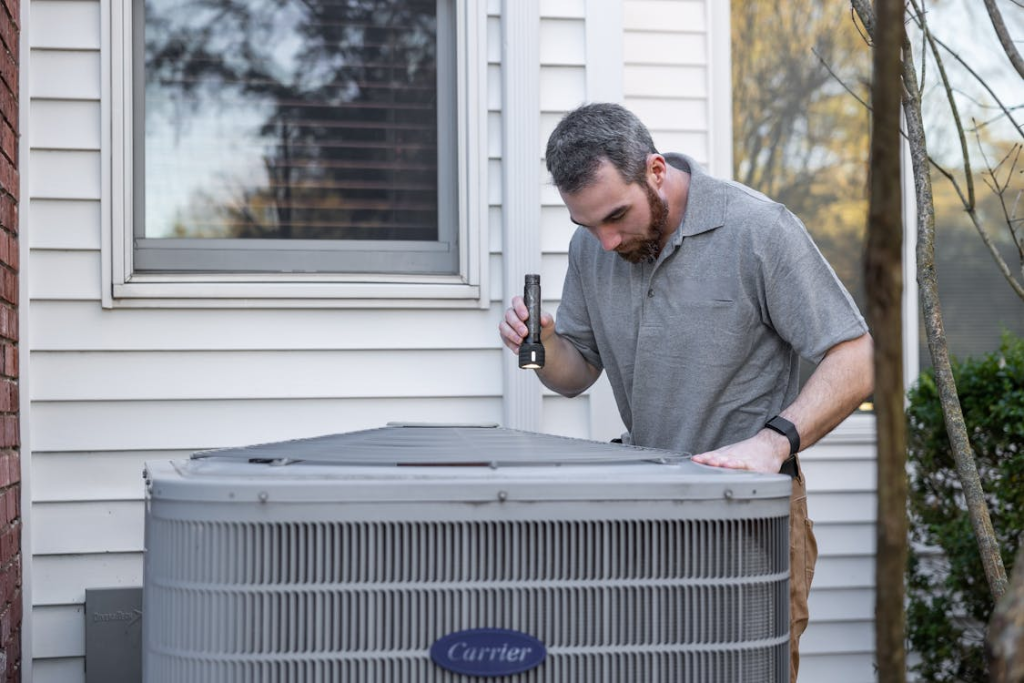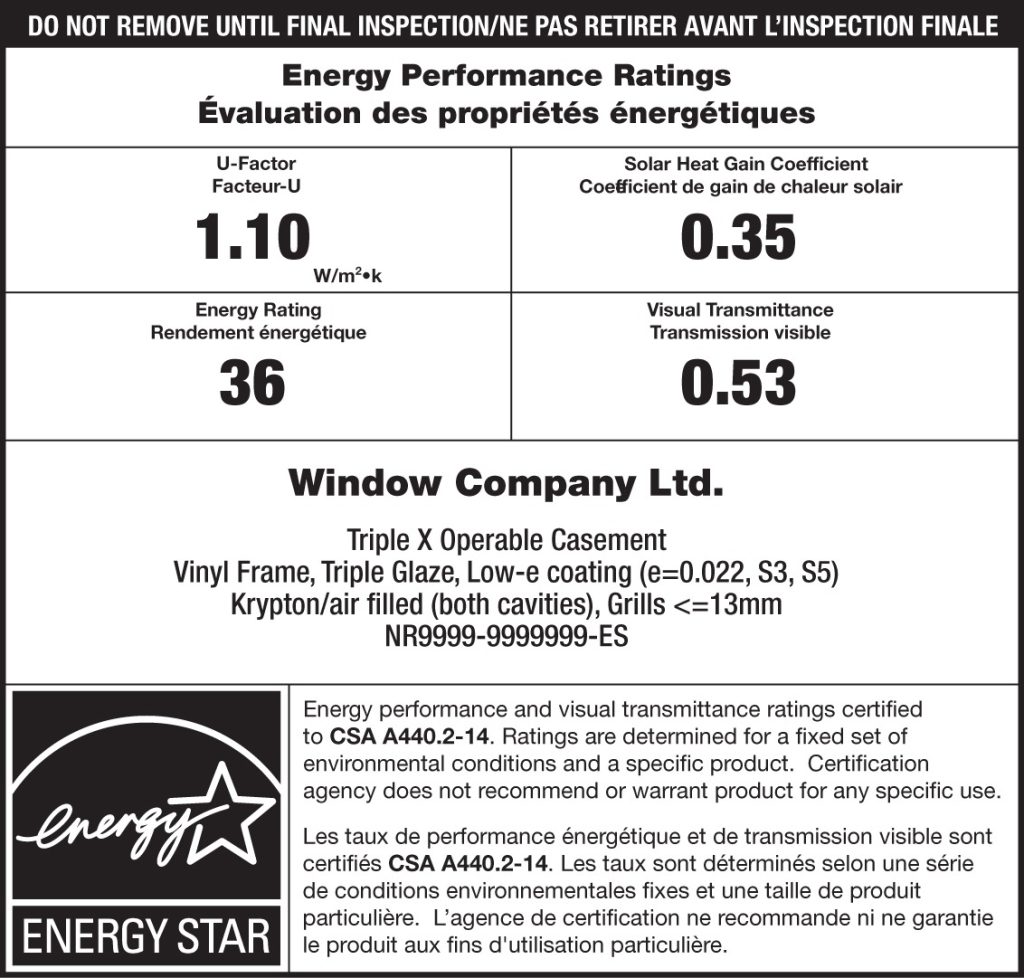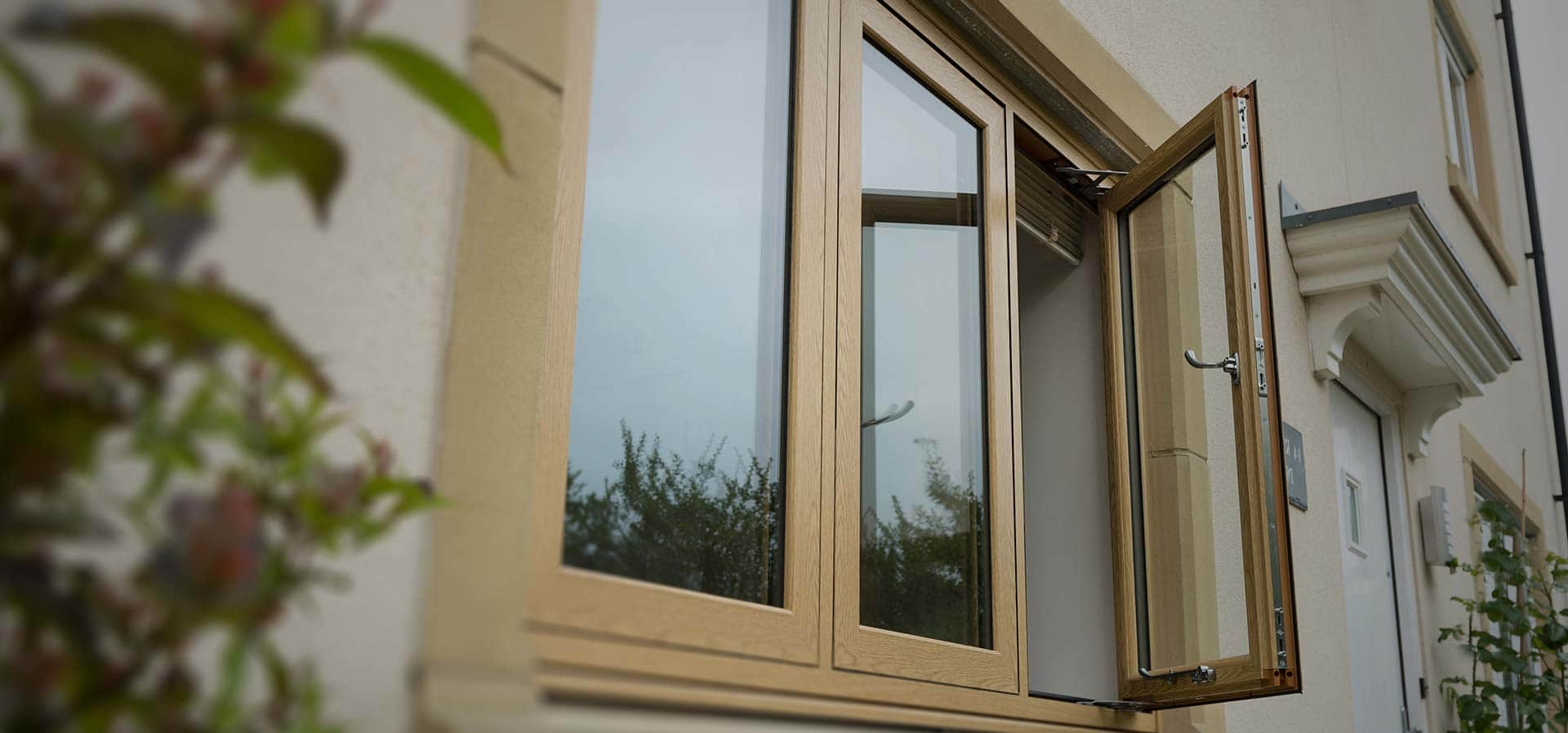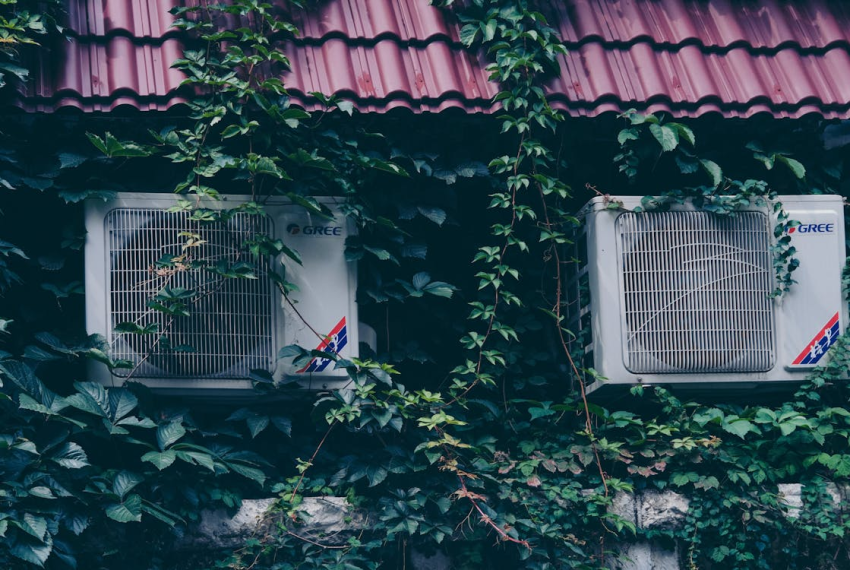When designing a new home or major renovation, windows and HVAC systems are often treated as separate choices. In reality, they’re tightly linked. The efficiency of your windows directly affects how large your furnace or air conditioner needs to be.
Energy modeling provides the missing connection. By analyzing how your home gains and loses heat through its materials and windows, it helps you right-size your HVAC system and avoid unnecessary energy waste. Understanding how window ratings like U-Factor and Solar Heat Gain Coefficient (SHGC) influence these calculations is key to building a comfortable, efficient home.
Understanding Energy Modeling
Energy modeling is a computer-based simulation that predicts a building’s energy performance over time. Before construction begins, an energy analyst creates a virtual version of the home, taking into account factors such as:
- Local climate data, including average temperatures and sunlight exposure
- Wall, attic, and foundation insulation levels
- Air-tightness and infiltration rates
- Window performance ratings, specifically U-Factor and SHGC. According to Natural Resources Canada, these values are verified through national testing standards that ensure energy models accurately reflect real-world window performance.
The program then simulates a full year of weather conditions. It calculates the total energy required to keep the home at a stable temperature and identifies the peak heating and cooling load – the maximum demand your HVAC system will need to handle. This number determines how large your furnace, air conditioner, or heat pump should be.
Why It Matters for Homeowners

Energy modeling is more than a technical exercise. It directly impacts cost, comfort, and efficiency.
- Right-sizing your HVAC system: In older construction practices, contractors often oversized heating and cooling systems “just in case.” Oversizing leads to higher upfront costs and poor performance – frequent cycling, uneven temperatures, and high humidity. Modeling replaces guesswork with data, ensuring your system is the exact size your home requires.
- Saving money on upgrades: High-performance windows with low U-Factors and optimized SHGC reduce how much heating and cooling your home needs. This smaller energy demand allows for smaller HVAC equipment – often saving enough money on the mechanical system to offset the cost of better windows. As research from the University of Massachusetts Building and Construction Technology Department notes, lower U-Factor and SHGC values can cut annual heating and cooling loads by as much as 20 %, depending on the climate and window orientation.
A well-modeled home operates as a balanced system where windows, insulation, and mechanicals all work together instead of compensating for one another.
Comparing Window Impact on HVAC Sizing
The table below illustrates how different window performance levels can change the outcome of an energy model for the same home.
| Parameter | Basic Builder-Grade Windows | High-Performance Windows |
| Window Specs | Higher U-Factor, uncontrolled SHGC | Low U-Factor, optimized SHGC |
| Peak Heat Loss (Winter) | High | Low |
| Peak Heat Gain (Summer) | High | Low |
| Resulting HVAC Sizing | Larger (e.g., 3-ton AC, 80k BTU furnace) | Smaller (e.g., 2-ton AC, 60k BTU furnace) |
| HVAC Upfront Cost | High | Moderate |
| Long-Term Energy Bills | High | Low |
Better windows lower both heating and cooling demand, leading to measurable savings over time.
Choosing the Right Window Ratings
Your choice of window specifications plays a major role in determining how your home performs in its climate.
U-Factor – Heat Loss Control:
U-Factor measures how much heat escapes through a window. Lower numbers indicate better insulation. In cold climates, lowering U-Factor reduces the amount of energy needed for heating and allows for smaller furnace sizing.

SHGC – Solar Heat Control:
SHGC measures how much of the sun’s radiant energy passes through the glass. This rating requires balance:
- In colder regions, a higher SHGC can help capture passive solar heat during winter.
- In warmer or mixed climates, a lower SHGC prevents overheating and reduces cooling loads.
Because orientation matters – south-facing windows perform differently than north-facing ones – a professional energy model is the best way to find the right combination for your home.
Common Mistakes to Avoid
- Oversizing HVAC systems. Installing larger equipment “just to be safe” wastes money and reduces comfort. Trust the model’s calculations instead of outdated rules of thumb.
- Ignoring window orientation. A high-SHGC glass may be beneficial on one side of the house but problematic on another. Energy models account for sun angles and local climate to optimize placement.
- Treating windows in isolation. The house functions as one system. The World Health Organization emphasizes that poor control of indoor temperature and humidity can lead to health risks such as mold growth and poor air quality, reinforcing the need for well-balanced envelope and HVAC design. Upgrading windows without adjusting HVAC sizing or insulation levels misses the opportunity for real efficiency gains.
- Assuming all installations are equal. Even the best-rated window will underperform if installed incorrectly. Air leaks and gaps can throw off model accuracy and energy savings.
The Home as a Connected System

Modern building science treats the home as an integrated system. The exterior “skin” – including insulation, windows, and air barriers – directly affects the interior “lungs,” meaning the HVAC system.
In older construction, energy efficiency was often achieved by simply increasing mechanical capacity. Today, energy modeling allows us to fine-tune the building envelope instead. A well-insulated, air-tight structure with efficient windows naturally demands less heating and cooling power. The result is a smaller HVAC system, lower energy bills, and more consistent comfort throughout the home.
Standards and Quality Assurance
Energy modeling and window performance both rely on rigorous testing standards. International frameworks, such as those developed by the International Organization for Standardization (ISO), define how energy simulations calculate building loads.
In Canada, the Canadian Standards Association (CSA) sets certified testing protocols for U-Factor and SHGC performance. Energy efficiency programs use these verified ratings to ensure models are accurate and results are dependable. Using certified data gives homeowners confidence that the energy savings predicted on paper will translate into real-world performance.
Frequently Asked Questions (FAQ)
1. What should I consider with energy modeling basics?
The most important thing is to provide accurate data. This includes the certified U-Factor and SHGC of your chosen windows, the R-values of your insulation, and an estimated air-tightness target for the home.
2. How do I choose the best HVAC size?
The “best” size is the “right size,” not the “biggest size.” Trust the peak load calculation from your energy model. This data-driven number is far more accurate than an old rule-of-thumb estimate.
3. What are the advantages and disadvantages of energy modeling?
- Advantages: It provides a data-driven path to lower upfront HVAC costs, lower long-term energy bills, and significantly improved home comfort.
- Disadvantages: It typically involves a small upfront cost to pay for the energy analyst’s time, but this is almost always recovered in the HVAC savings.
Conclusion
Energy modeling turns building design into a precise science rather than a guessing game. By understanding how U-Factor and SHGC influence heat flow, you can make smarter window choices that directly impact HVAC sizing, comfort, and energy costs.
Instead of viewing windows and mechanical systems as separate investments, think of them as partners in performance. A well-modeled, well-balanced home not only saves money from day one but continues to deliver efficiency and comfort for years to come.For more detailed information on this topic, you can visit authoritative sources such as Wikipedia’s page on Building Performance Simulation.


